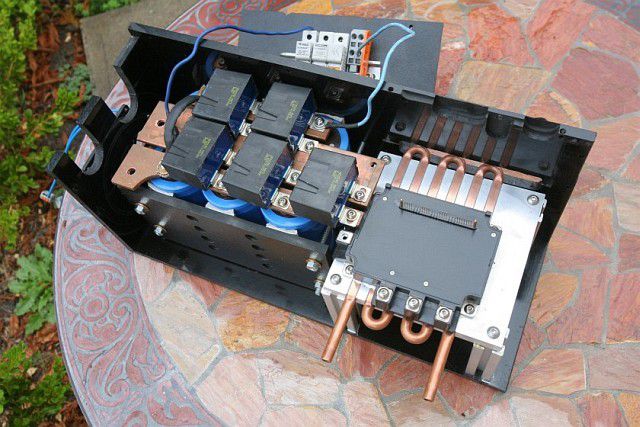2 Easy Steps to Picking the Right Solar Inverter
At the heart of every solar system is the solar inverter, which is responsible for safely converting the DC electricity produced by your solar panels into AC electricity that's going to be used by all of your household appliances. For that reason, picking the right inverter is key to making the most out of your solar system, and ensuring it lasts for a long time. When picking a solar inverter, there are a couple of important factors to consider, namely:
The size of the ideal inverter for your system will depend on the size of your solar panel array. Inverter size is expressed in watts or kilowatts, and that's the maximum amount of power the inverter can manage. The inverter's maximum output should be at least 75% of the solar panel array's capacity, but generally, you want an inverter that can match the array's capacity 100%. So for instance, if your solar panel array generates 3000 watts an hour, you'll want a 3000 watt sine wave inverter. However, this also means that you can probably get away with a 3000 watt sine wave inverter even if you have an array that generates 4000 watts.
There are a couple of different types of inverters, and they all have their advantages and disadvantages.
String inverters are the most standard type used in most homes. They're simple and affordable, which makes them popular among most homeowners. The inverter is usually mounted on an external wall, near the home's switchboard. However, due to the fact that there's a chance of one panel from the string to under-deliver on power, the entire output of the string will be diminished to the level of the under-delivering panel. But such a problem will only occur if there's a shading problem, or if you don't maintain the panels properly.
Microinverters are attached directly onto each and every solar panel to prevent the problems that string inverters face. Individually, a good microinverter is less efficient than a string inverter, but a system that has multiple microinverters is more efficient since the impact from damaged panels and shading is reduced. These inverters are popular where there's unavoidable shading over the panels, or if you want the flexibility of adding more panels.
Hybrid inverters are basically string inverters that can be connected to a storage battery which allows the system to keep operating in case of a blackout. These are more expensive than typical string inverters, but the gap isn't that big anymore. When shopping for a hybrid inverter, make sure it's compatible with the specific brand/model of battery you have, or intend on adding later on.


